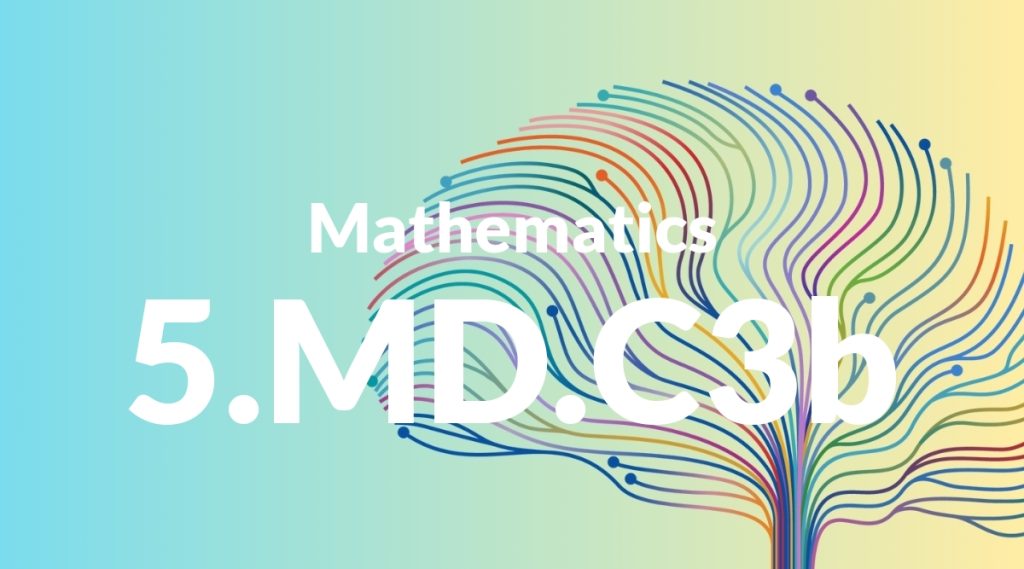Standard: 5.MD.C3b – A solid figure which can be packed without gaps or overlaps using n unit cubes is said to have a volume of n cubic units.
Grade level: Grade 5
Subject: Mathematics
Domain: Measurement & Data
Teacher Overview
This standard focuses on understanding volume as a measure of space occupied by a solid figure, using unit cubes. Mastery of this concept is crucial as it lays the foundation for more advanced geometric and measurement concepts in higher grades. Students should have a solid grasp of basic shapes, area, multiplication, and addition. They should also have some experience with spatial reasoning through hands-on activities.
After mastering this standard, students will be able to calculate the volume of more complex shapes and apply these skills to solve practical problems involving volume and capacity.
Common Misconception 1
Some students might confuse volume with area, thinking that both measure the same aspect of a shape. However, while area measures the surface of a shape, volume measures the space it occupies.
Intervention 1
Engage students in activities where they fill different shapes with unit cubes, emphasizing the three-dimensional aspect of volume compared to the two-dimensional nature of area.
Common Misconception 2
Another common misconception is that the volume of a shape changes if its orientation changes. This is incorrect because volume is an inherent property of the shape, not dependent on its position.
Intervention 2
Use physical models to show that the volume of a shape remains the same regardless of its orientation. Rotate the shapes and discuss how the number of unit cubes remains constant.
Prerequisite Knowledge
Students should be familiar with basic geometric shapes, understand the concept of area, and have experience with multiplication and addition.
Subsequent Knowledge
Students will develop skills in calculating the volume of more complex shapes, understanding the relationship between volume and capacity, and applying volume calculations to solve real-world problems.
Instructional Activities
- Hands-on activity with unit cubes to build different shapes and calculate their volume
- Interactive digital simulations to explore volume concepts
- Group projects where students design and measure the volume of simple structures
- Real-world problem-solving tasks involving volume calculations
- Classroom discussions and demonstrations using physical models




